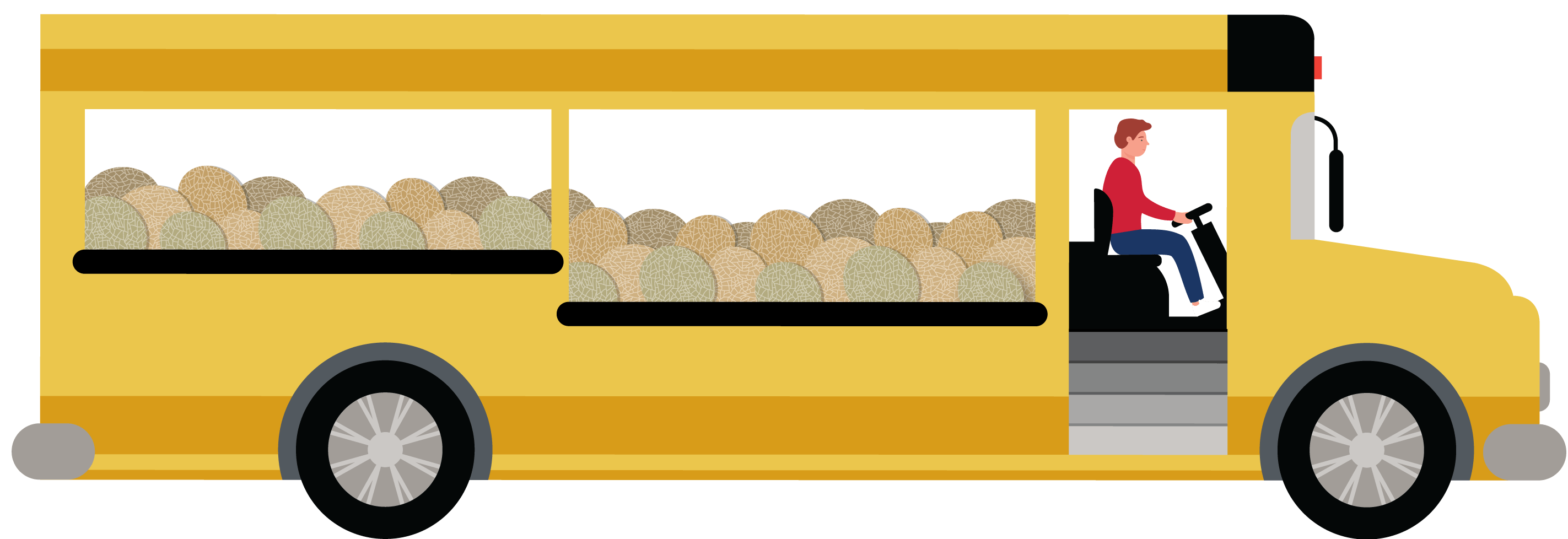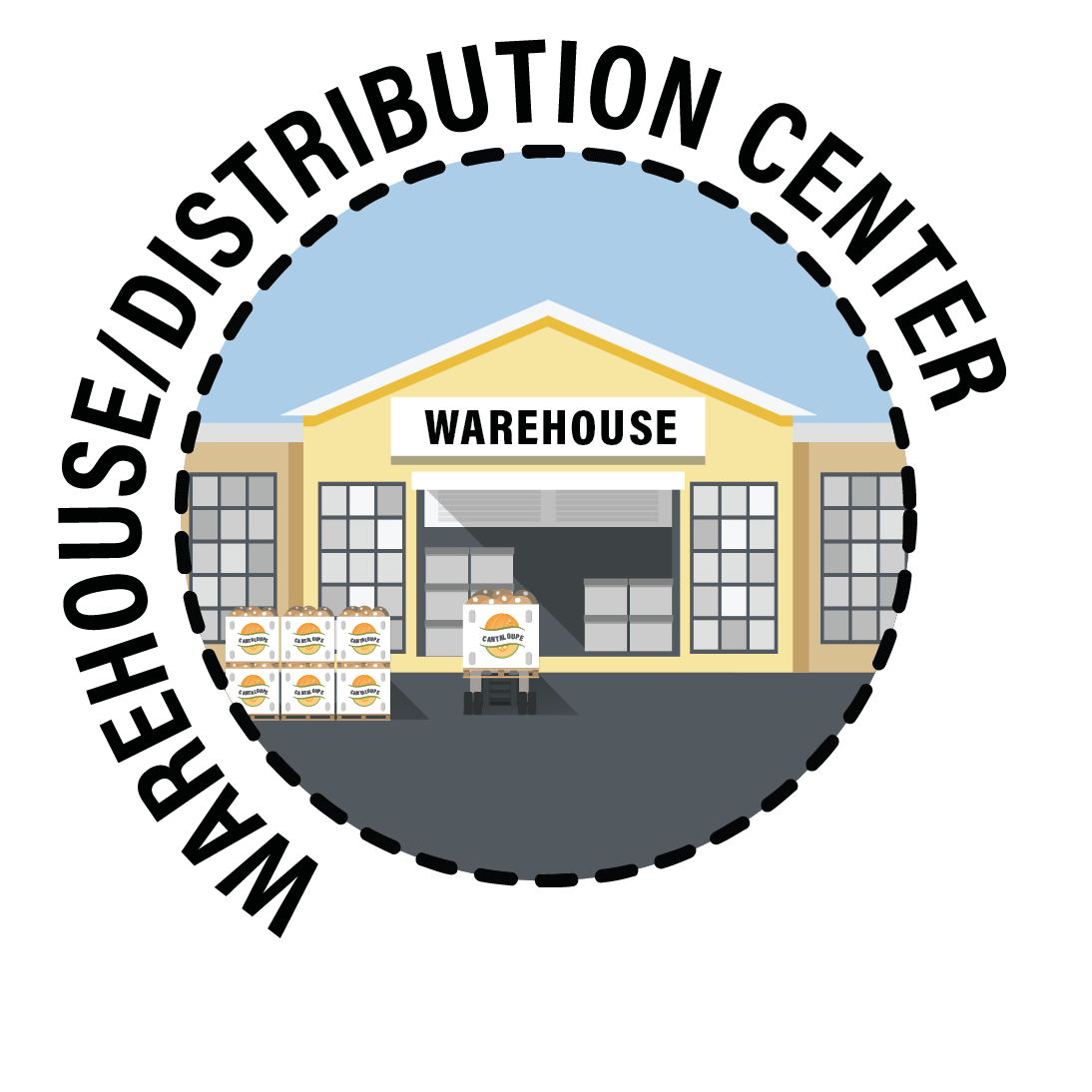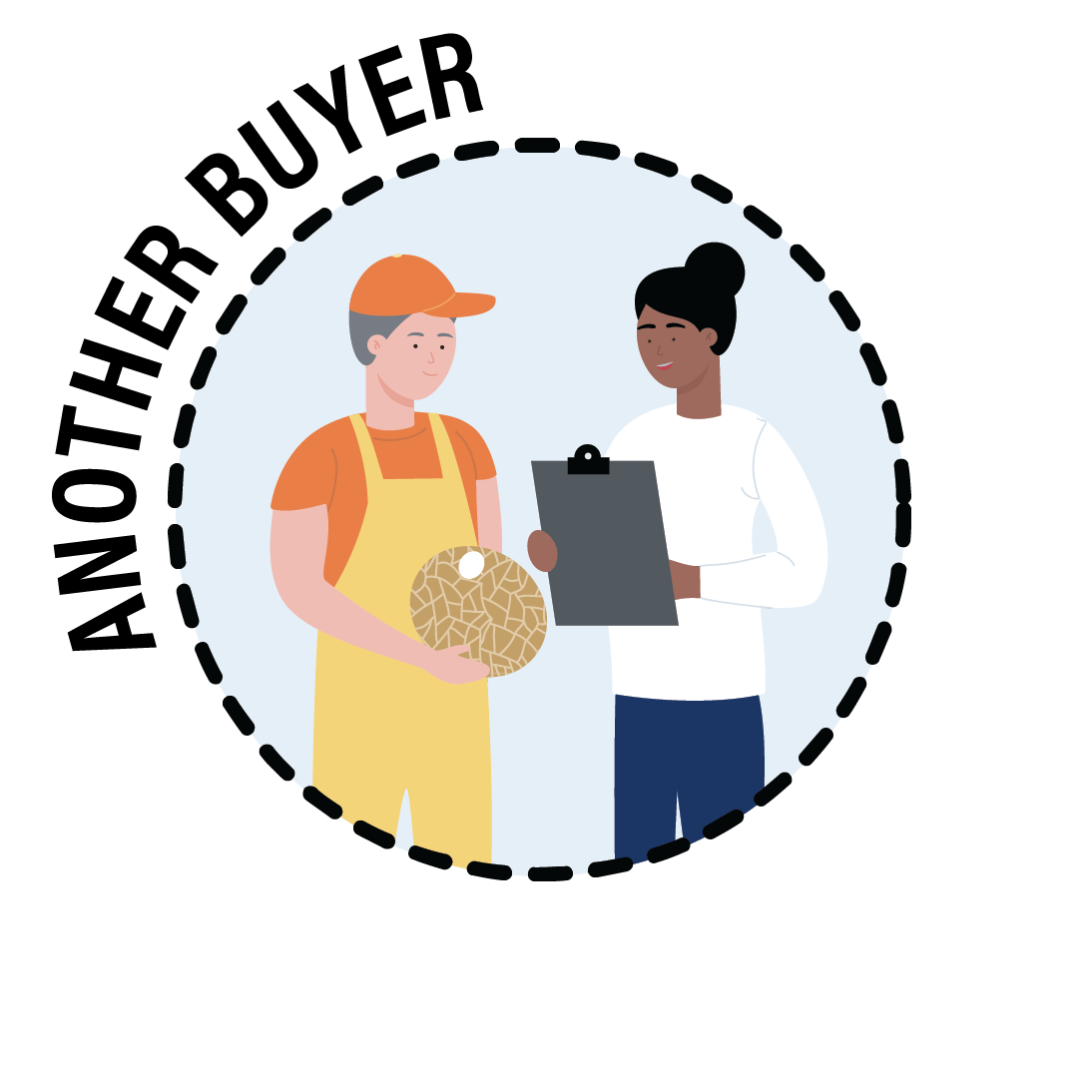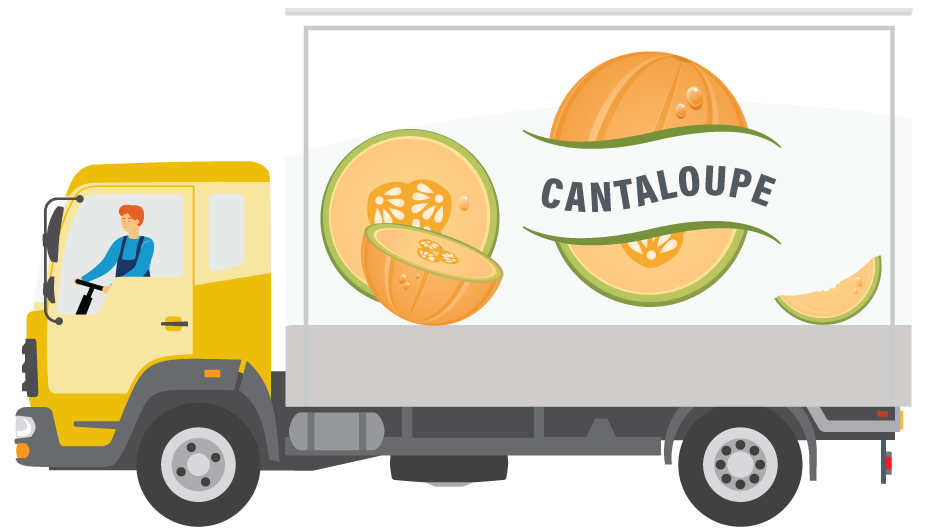the big idea
the big idea
PREVENTING FOODBORNE ILLNESS
Keeping a crop like cantaloupe safe for consumers requires many steps. Bacteria need food, water and the right temperature to grow. Since the fruit serve as the food source, much of the food safety process involves controlling the other two factors. If an outbreak occurs, tracing its source and the cause can be tricky, since fruit may change hands with multiple buyers or stores may load fruit from one bin into a bin with a different traceable number.
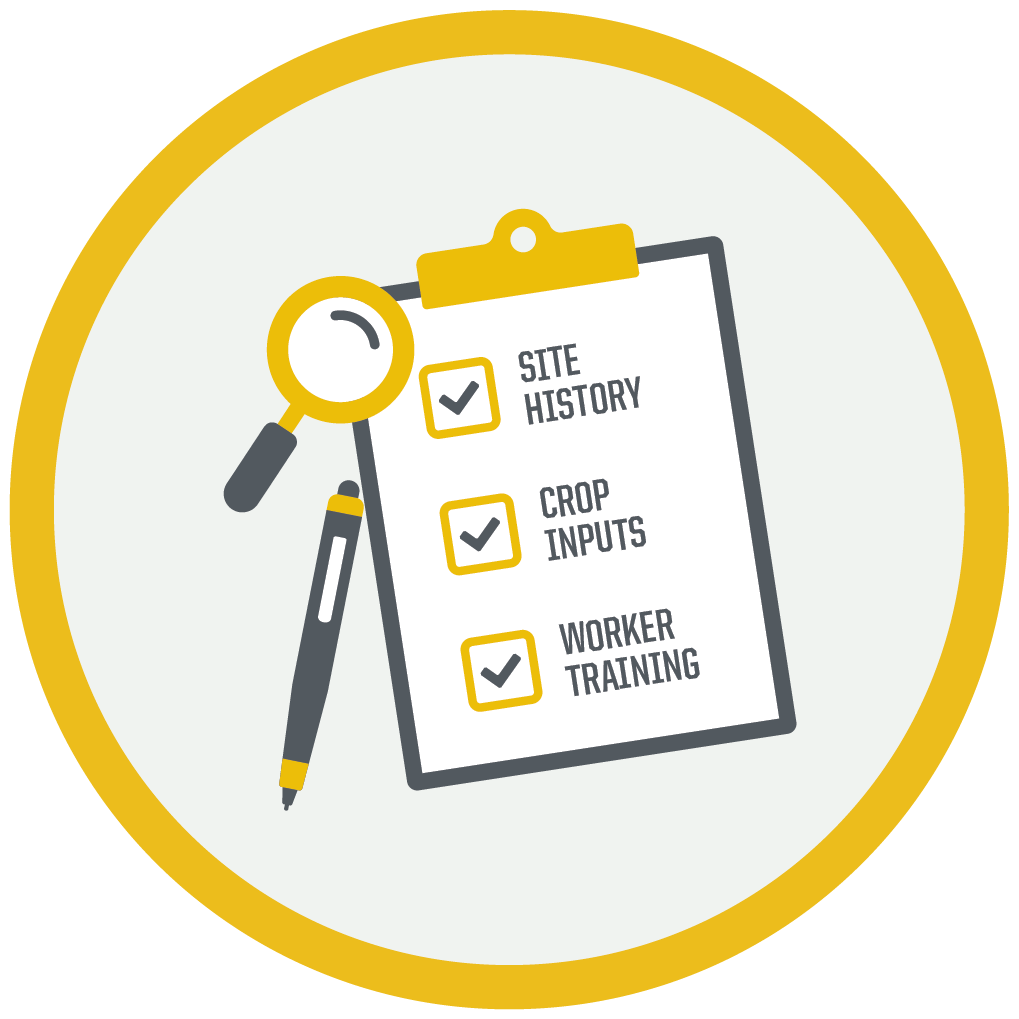
STEP 1: AUDIT
STEP 2: IN THE FIELD
Plastic mulch prevents contact with soil bacteria like listeria.
Workers avoid fruit with bird droppings, which can introduce salmonella
STEP 4: THE PACKINGHOUSE
55°F high-pressure H₂O wash
Chlorine-based sanitizer
Air blast to dry
Placing stickers
Bins with traceable #s

STEP 5: COOLING
- Keeps pathogens at bay.
- Slows ethylene production/ripening.
- Provides an extra week of shelf life.
6-8 hours incremental cooling to 42°F
Purdue Agriculture, 615 Mitch Daniels Blvd, West Lafayette, IN 47907-2053 USA, (765) 494-8392
© 2026 The Trustees of Purdue University | An Equal Access/Equal Opportunity University | USDA non-discrimination statement | Integrity Statement | Copyright Complaints | Maintained by Agricultural Communications
Trouble with this page? Disability-related accessibility issue? Please contact us at ag-web-team@purdue.edu so we can help.
